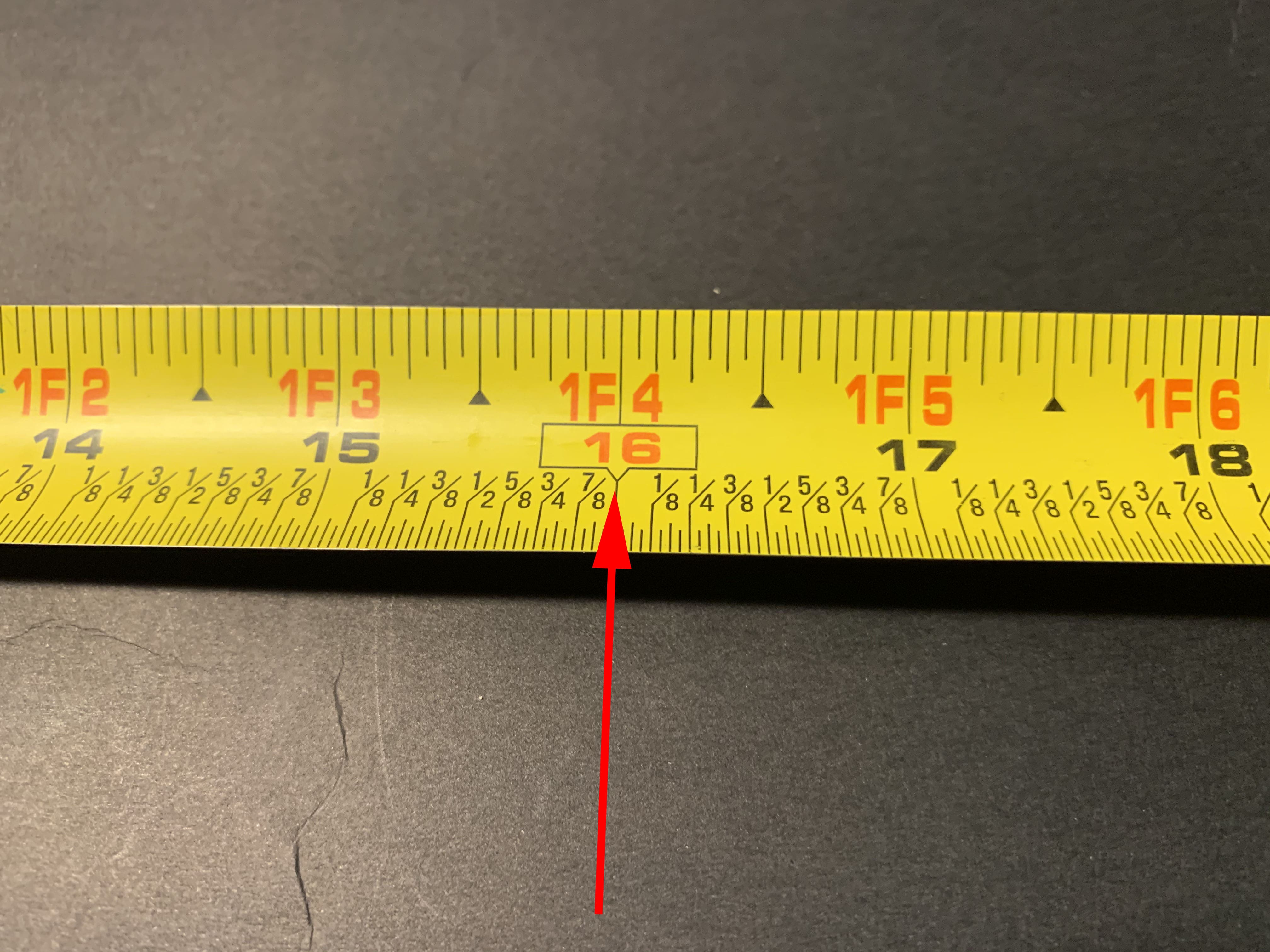If you know how to read a measuring tape, it is useful for measuring objects and even cool to let it roll itself back to its normal position. You might be surprised by the features that come with your measuring tape.
1. Seratted scribing tool
This serrated scribing feature allows you to make a mark on your workpiece without using a writing utensil. The end piece of your measuring tape has a serrated edge and can be pressed onto your workpiece while moving it back and forth to make a mark.
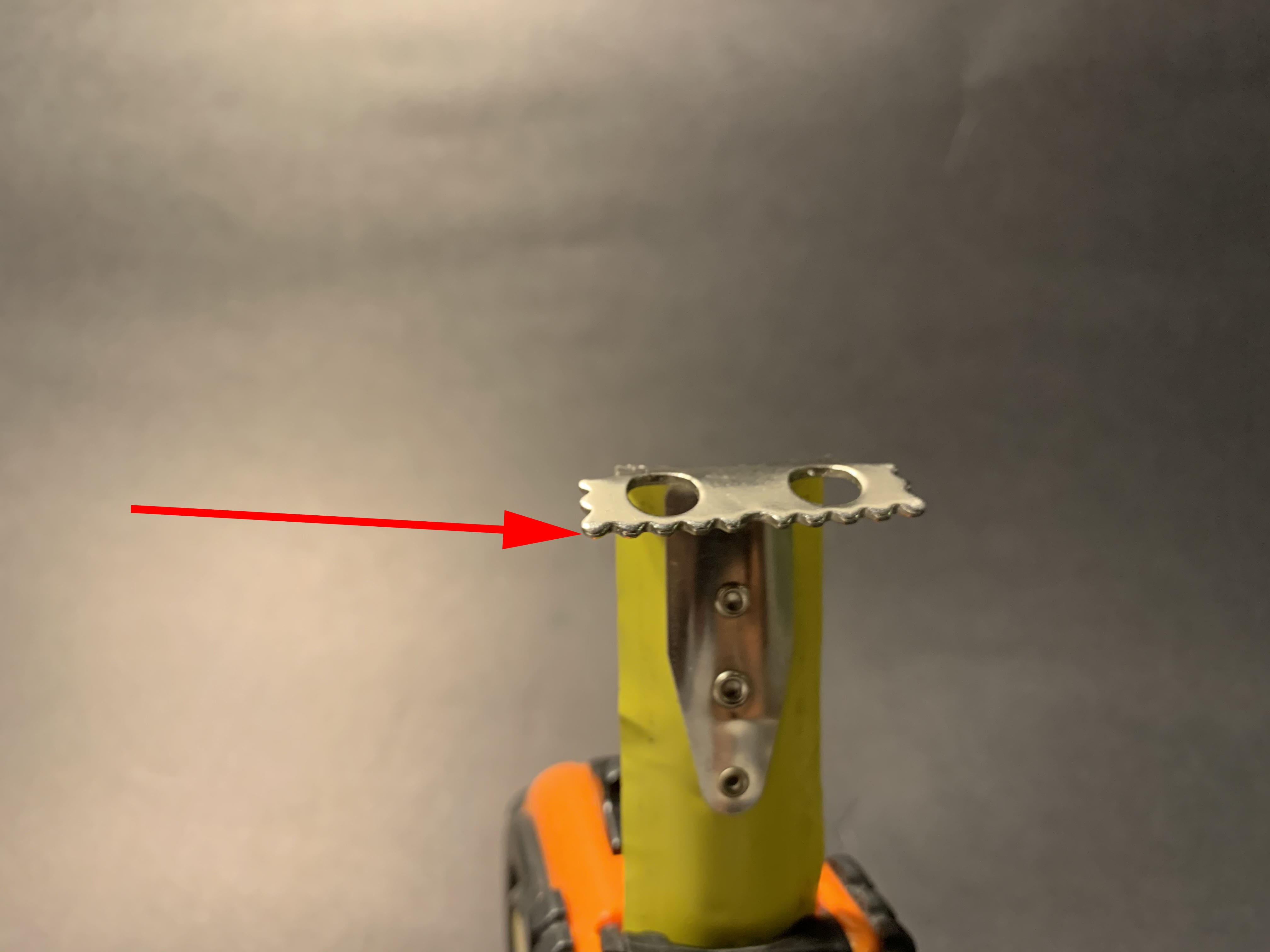
2. Nail holder
At the end of your measuring tape, there is a small cutout, this isn’t a manufacturing defect but actually a tool used to hold a screw or nail. Just hook the hole onto your nail or screw and measure. This feature will allow you to measure your workpiece using a nail or screw as your zero reference. It also comes in handy because you don’t need a second person to help you measure in this situation.
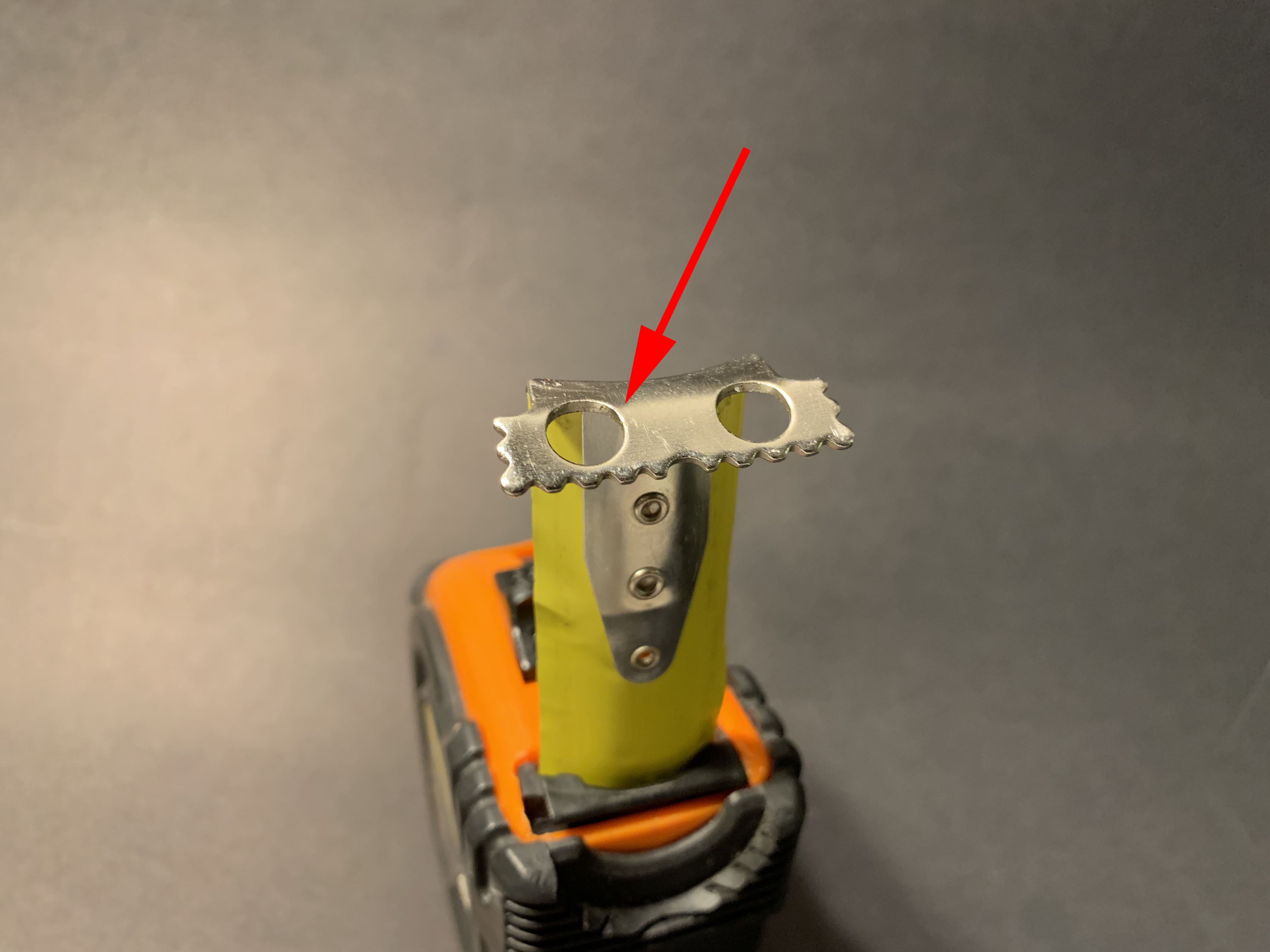
3. True zero
The tang also known as the end hook of your measuring tape will be loose but this is on purpose. It has a 1/16″ gap that closes and opens. When you measure an object with the hook end on the outside of the workpiece the 1/16″ gap is accounted for. And when you measure an object and press the end hook against the object the end hook will close but the thickness of your end hook is 1/16″ which measures your object precisely
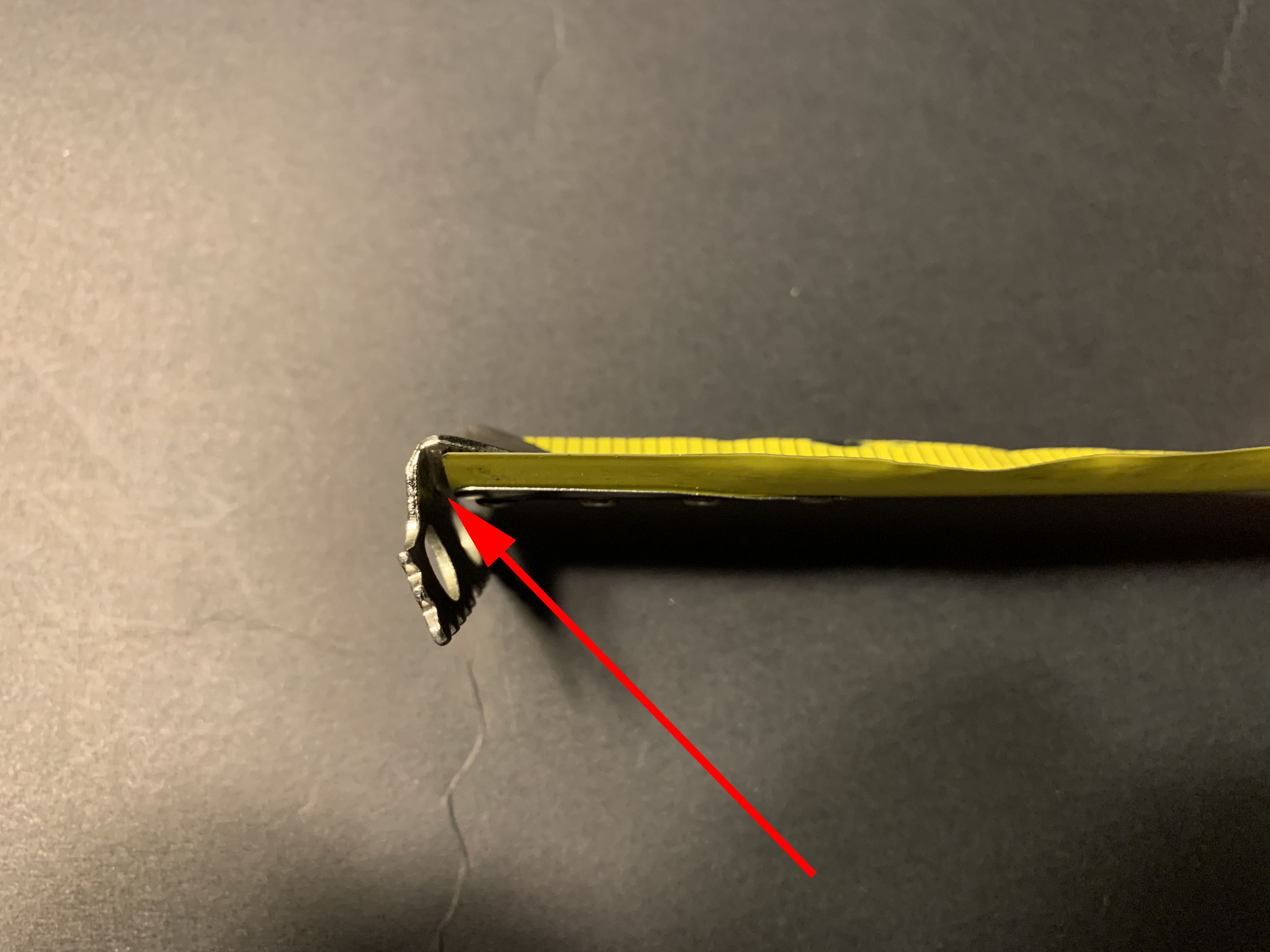
4. Using the measuring tape as a measurement
Did you know most measuring tapes have a number on its case indicating the length of its base. This number will help you measure the inner dimension of an object without having to curve your measuring tape. Take your measuring tape and lay it flat, extend your tape to your desired measuring height, and add the tape value and the length of the base of the measuring tape. Now you have a value that is more accurate than eyeballing a curved measuring tape.
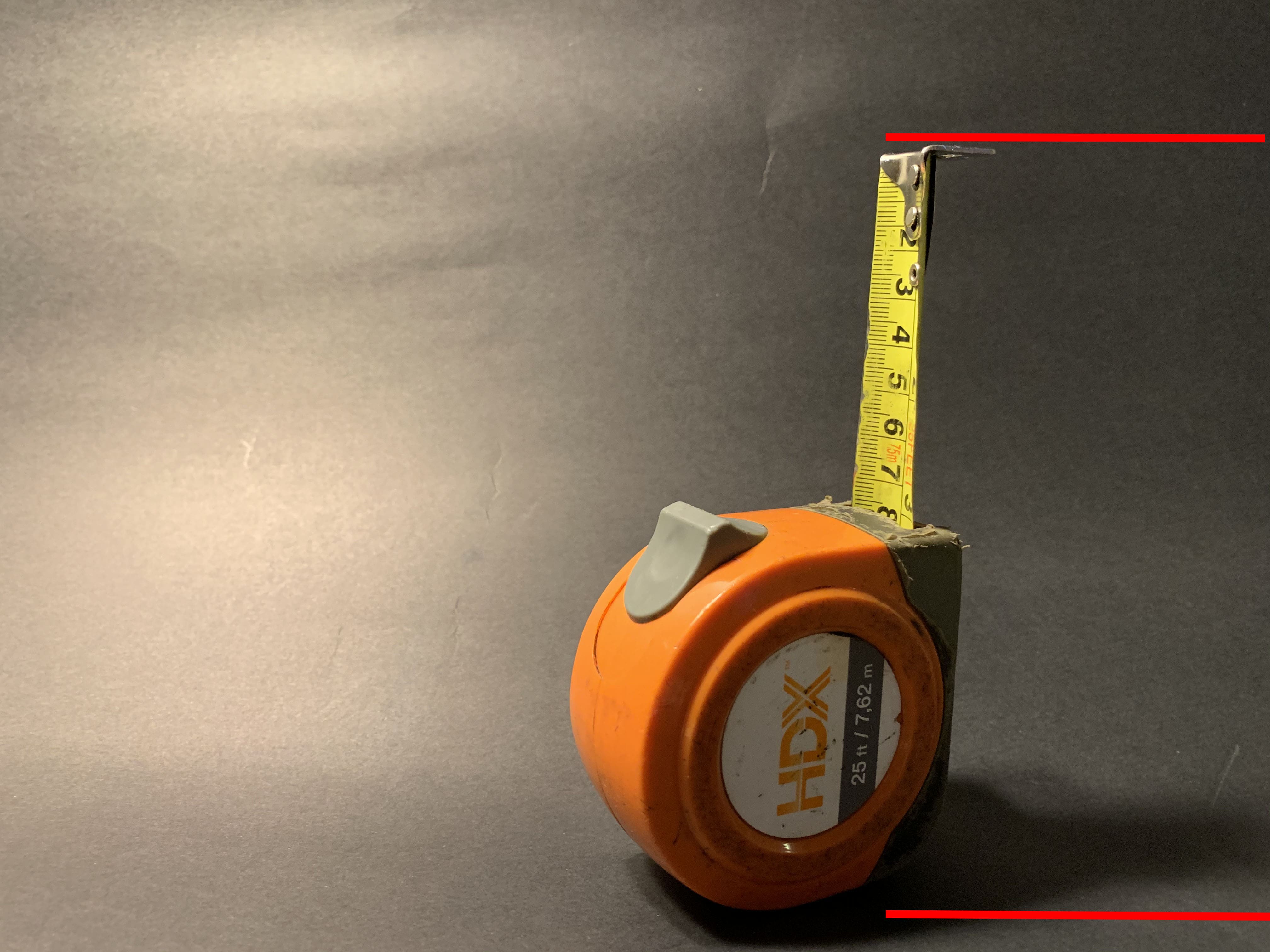
5. Lock or no lock
All measuring tapes have locking and unlocking features. When you measure an object you might want to keep that distance to compare to another object. You don’t have to hold the measuring tape because you can lock it into position. Just slide the rocker and you will be able to lock it into position.
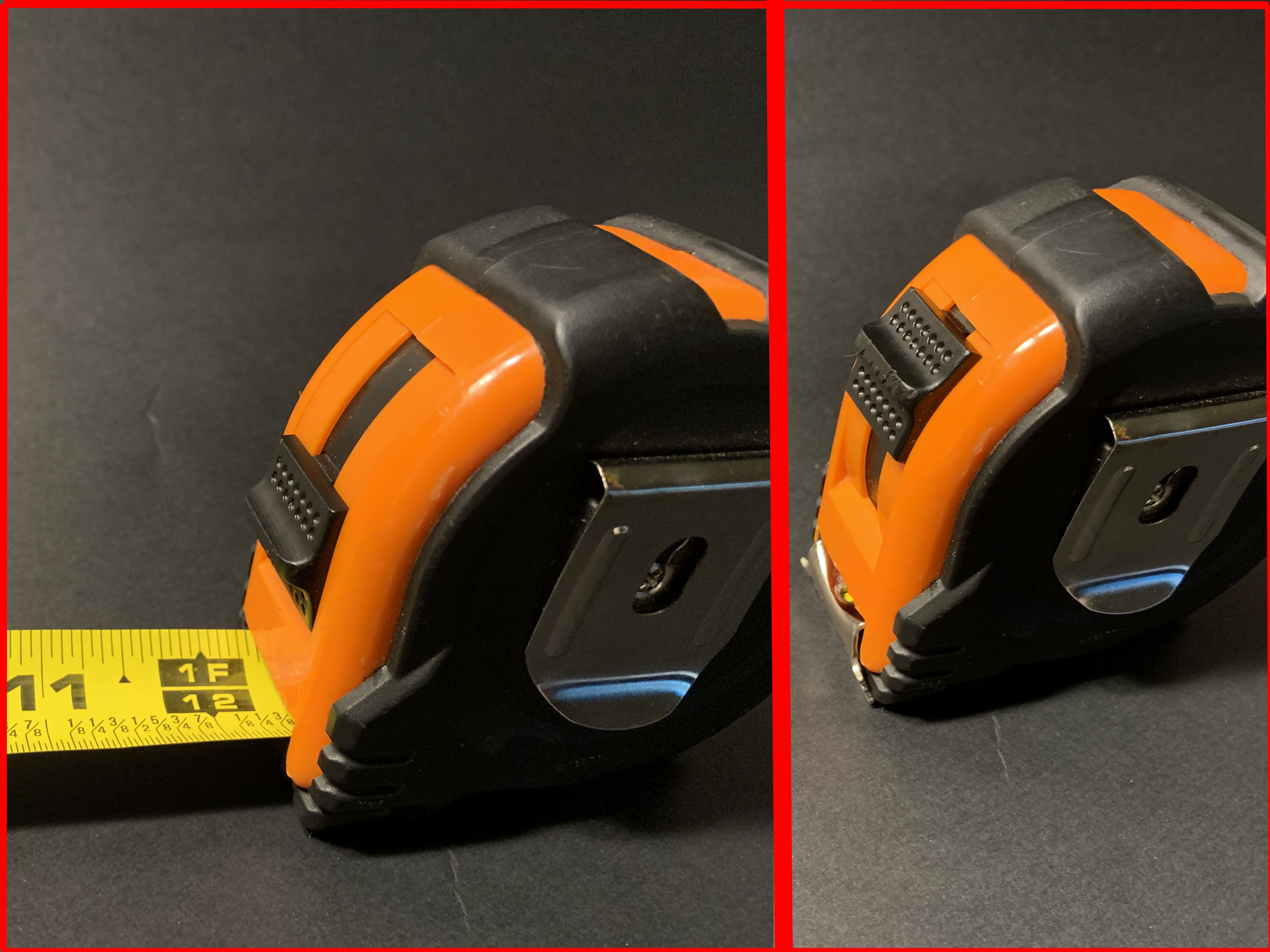
6. Equal spacing for joists
Most North American measuring tapes have a black diamond shape which appears every 19.2 inches (488 mm). This is used as a quick reference when marking out the equal spacing for 5 spacings of joists on an 8-foot run when using engineered floor trusses. They are known as truss marks.
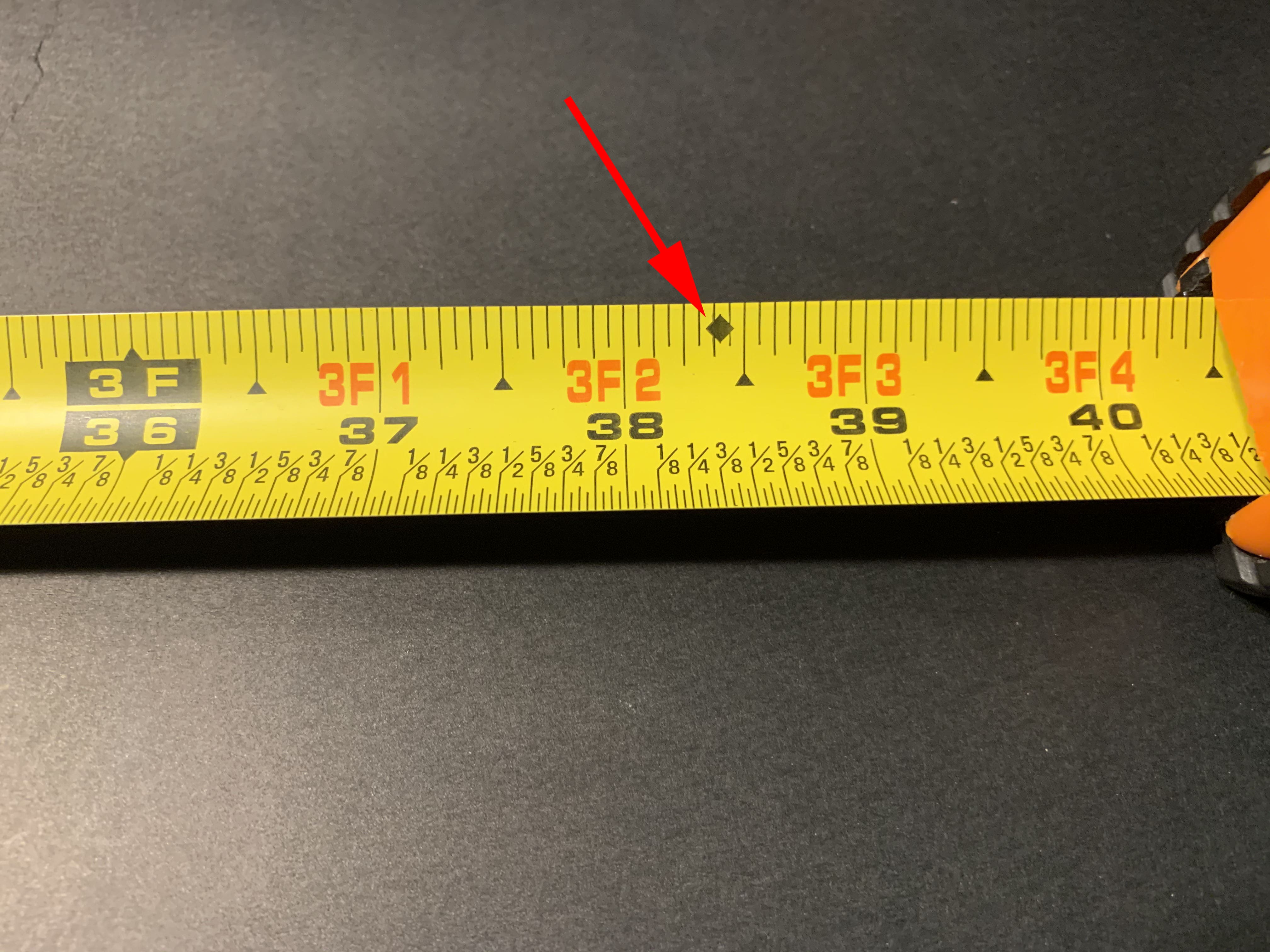
7. Equal spacing for studs
If you ever look at your measuring tape at every 16 inches, you will notice that it has special markings. This is to indicate the North American standard for distance between studs. And every 48 inches is the width for a North American standard sheet of plywood or particleboard.
